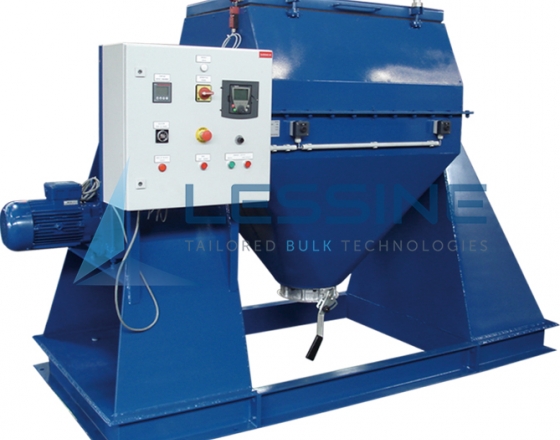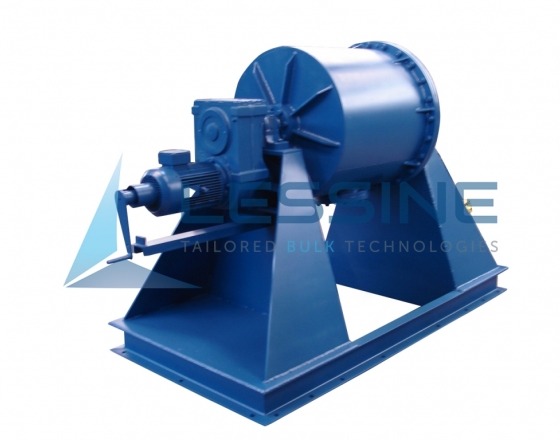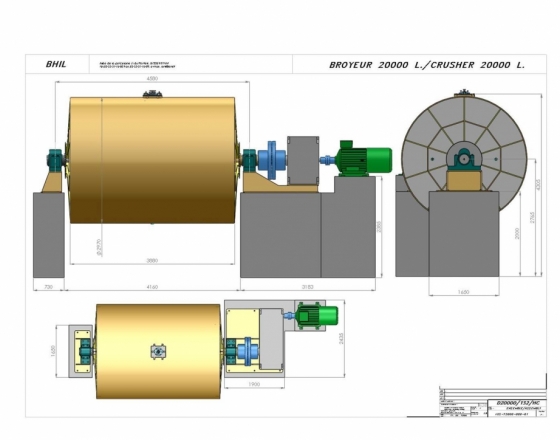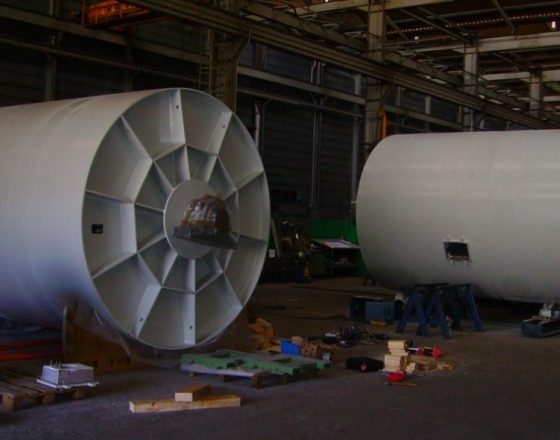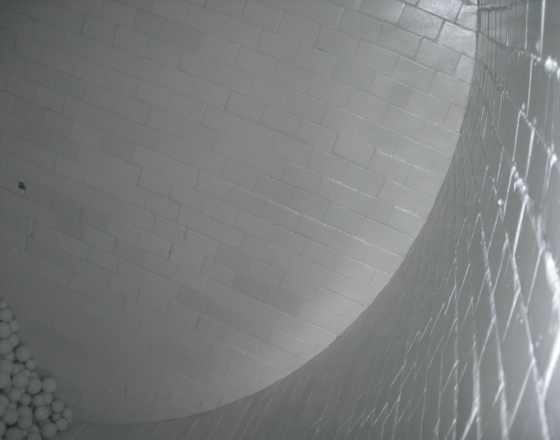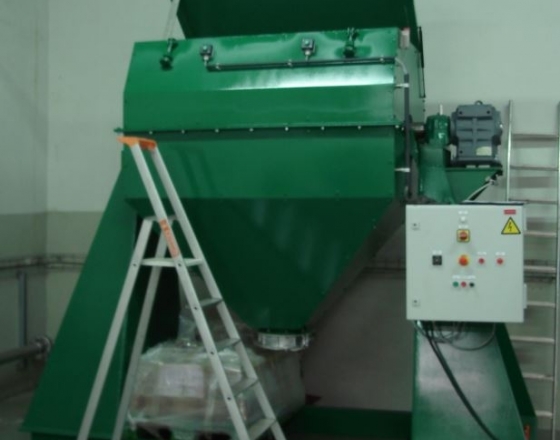What is it?
With an output size going up to 5µ, the ball mill has a proven its ability to grind many materials whatever hard they are.
Working principle
Process
Balls are placed in a rotating drum with the product. Products are ground thanks to the friction and the impact resulting from dropping the balls against the product and the collision between particles themselves. The miling intensity depends mainly on the drum’s speed, the balls size and material as well as the amount of time the product remains in the chamber.
Depending on the application and the expected results, grinding can be done using a dry or a wet process. And, according to the desired flow rate, it can be batch or continuous milling.
During continuous milling, particle size classification solutions (sieving, ventilation separator, hydrocyclone,...) are inherent part of the milling solution to ensure expected outcomes.
Features
- For wet and dry products
- For low flow rates or for high reduction coefficients, grinding is defined by grinding time; and the product we get at the end of each cycle is the final product.
- Various coatings available: ceramic, rubber, anti-abrasion steel,...
- Options: cooling grille, controlled-atmosphere working,...
- Sturdy contruction, which minimizes maintenance costs
Application
Widely used in all sectors of industry:
- Minerals, fertiliser, mineralogical chemistry (e.g. cement, construction materials)
- Food, pharmacy, fine chemicals (e.g. colours, varnishes)
- Metals (e.g. enamels)
- Environment & recycling (e.g. glass)
- Fuels (e.g. coal)
Benefits
- Control of the particles size of the final product,
- Flexibility of use,
- Facility of moving from one milling process to another,
- Possibility to ventilating, heating or cooling down the drum,
- Easy installation and maintenance,
- Long-lasting mill balls,
- Adaptation of the balls quality and the drum coating,
- Milling in a humid or dry environment.

